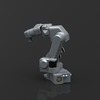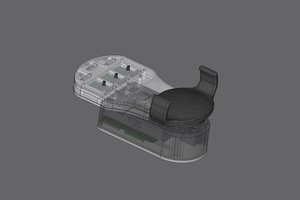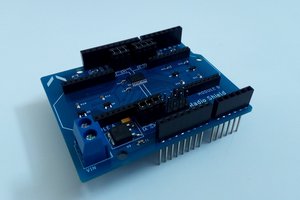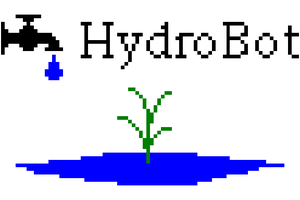All project details, including complete instructional series for how to replicate and make FlowIO are provided at https://www.softrobotics.io/flowio
You can also read the research paper https://doi.org/10.1145/3411763.3451513, reproduced below as well.
Projects powered by FlowIO: https://www.softrobotics.io/projects
Intro to Soft Robotics workshop with tips, tricks, and resources: https://www.softrobotics.io/workshop-intro
List of labs doing work with soft programmable materials: https://www.softrobotics.io/labs
List of relevant review papers in the field: https://www.softrobotics.io/reviews
*** If you are interested in helping with this vision and the broader mission, lets work together! ***
My overarching mission is to make technological creativity, innovation, and exploration easier and more accessible to people from all backgrounds through the development of novel enabling platform technologies that focus on emerging fields. I developed FlowIO to enable rapid prototyping opportunities in soft robotics and programmable materials, and to make these fields more accessible to researchers, engineers, makers, artists, and students. Learn more about FlowIO by watching the video above and by visiting the About page.
Ali Shtarbanov. 2021. FlowIO Development Platform – the Pneumatic “Raspberry Pi” for Soft Robotics. In CHI Conference on Human Factors in Computing Systems (CHI ’21 Extended Abstracts), May 08–13, 2021, Yokohama, Japan. ACM, New York, NY, USA, 6 pages. https://doi.org/10.1145/3411763.3451513

Figure 1: (a) The FlowIO platform with all modules. (b, c, d) Three application scenarios utilizing the small, medium, and large pump modules for (b) wearable, (c) desktop, and (d) hybrid wearable & desktop applications, respectively.
Motivation:
Platform technologies such as Arduino, Raspberry Pi, Lego Mindstorms, and Scratch have liberated entire fields by diminishing barriers to entry. Arduino transformed electronics, Raspberry Pi – portable computing, Lego Mindstorms – robotics, and Scratch – programming. These and similar platforms have not only made esoteric fields more accessible for artists, designers, and makers, but they have also enabled researchers and engineers to prototype more rapidly. For instance, a prototype that two decades ago may have required a small team of engineers and a week of work in a lab setting with expensive equipment to build, today could be done in a weekend, by a high-school student, in their living room! This transformation, I believe, is thanks to: (1) the availability of platforms and tools that are easy to learn and use; (2) the emergence of modules from companies like Adafruit, designed specifically for popular platforms; and (3) a growing community that is continuously contributing software, projects, ideas, tutorials, and other content – inspiring even more people to be part of that community as both users and contributors.
Today, prototyping in soft robotics and programmable materials has high barriers to entry and is as inaccessible to most people as electronics prototyping was two decades ago. This problem exists because the three aforementioned factors that transformed electronics prototyping...
Read more » Ali Shtarbanov
Ali Shtarbanov







 oneohm
oneohm
 William
William
 Jan Gromeš
Jan Gromeš
 matthewreed
matthewreed
Great tool!
Can you please add support for Godot Engine instead of Unity, that makes more sense :) .